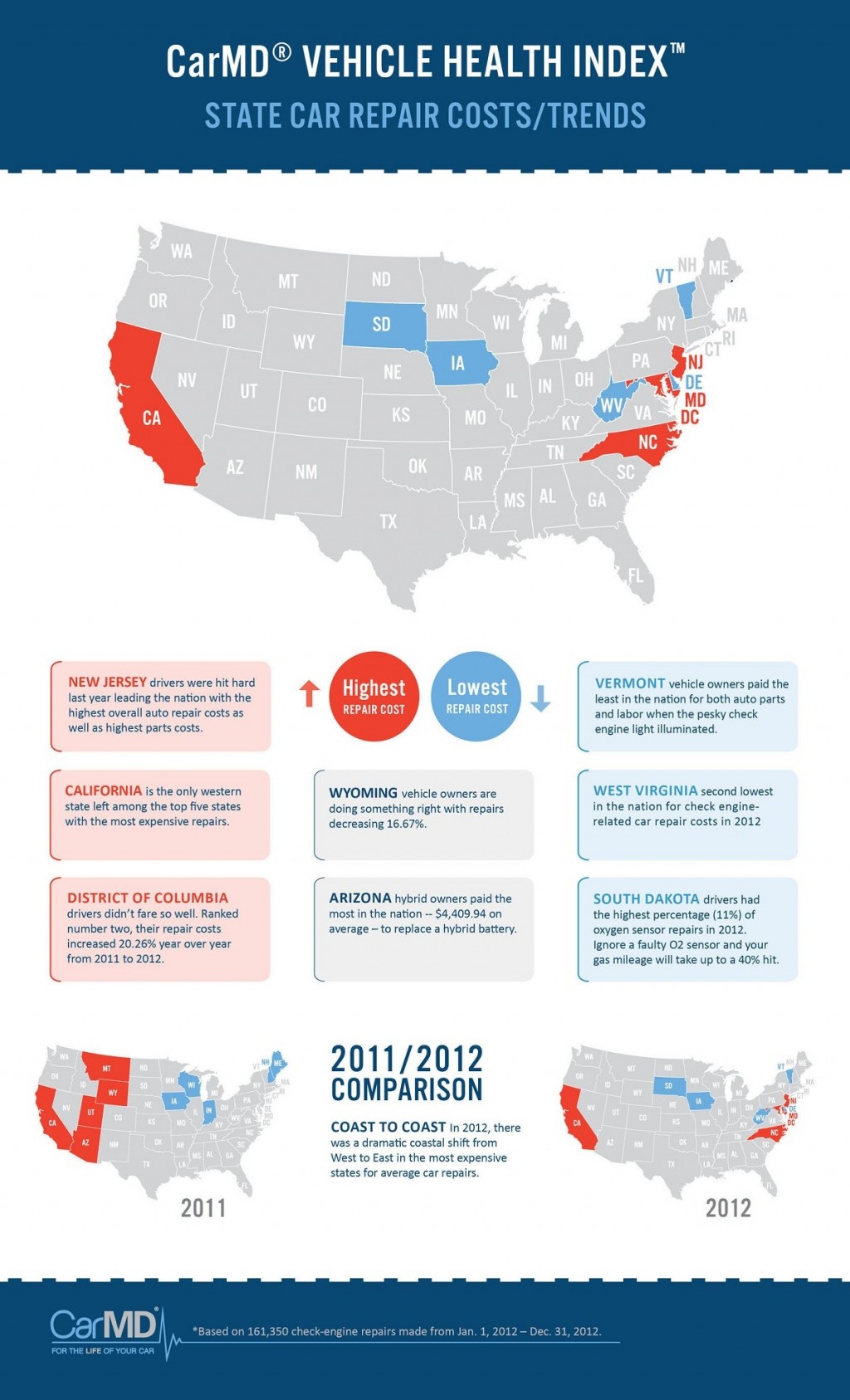Eager To Understand What The Control Panel Warning Lights In Your Auto Indicate? Explore Their Definitions For The Well-Being And Safety And Security Of Your Lorry
Eager To Understand What The Control Panel Warning Lights In Your Auto Indicate? Explore Their Definitions For The Well-Being And Safety And Security Of Your Lorry
Blog Article
Material Produce By-Lauritsen Forbes
When you're behind the wheel, those beautiful caution lights on your control panel can be a bit puzzling. Do you understand what they're trying to tell you regarding your auto's wellness? Recognizing the relevance of these lights is crucial for your safety and security and the longevity of your car. So, boatdetailingauckland following time one of those lights turns up, wouldn't you want to decode its message properly and take the needed steps to resolve it?
Common Caution Lights and Interpretations
Identify typical warning lights in your cars and truck and understand their definitions to guarantee safe driving.
The most normal warning lights include the check engine light, which signals problems with the engine or discharges system. If this light begins, it's important to have your lorry checked promptly.
The oil stress cautioning light indicates low oil stress, requiring immediate attention to avoid engine damage.
A blinking battery light might recommend a damaged charging system, potentially leaving you stranded if not attended to.
https://brakesplus17283.izrablog.com/30812704/arising-patterns-in-vehicle-fixing-what-to-anticipate-in-the-years-ahead monitoring system (TPMS) light signals you to reduced tire pressure, impacting vehicle security and fuel effectiveness. Neglecting this might lead to unsafe driving conditions.
car cut and polish shows a trouble with the anti-lock stopping system, endangering your capacity to quit quickly in emergency situations.
Last but not least, the coolant temperature alerting light warns of engine overheating, which can cause severe damage otherwise resolved promptly.
Comprehending these typical warning lights will assist you attend to concerns promptly and keep secure driving conditions.
Significance of Prompt Attention
Understanding the common warning lights in your cars and truck is just the initial step; the value of promptly addressing these cautions can not be emphasized enough to ensure your safety when driving.
When a caution light illuminates on your control panel, it's your auto's way of connecting a potential issue that requires interest. Overlooking these warnings can bring about a lot more extreme problems later on, jeopardizing your safety and security and possibly costing you extra out of commission.
Prompt interest to alerting lights can avoid break downs and accidents. For example, a flashing check engine light can suggest a misfire that, if left neglected, might trigger damage to the catalytic converter. Addressing this without delay can save you from a pricey repair service.
In a similar way, a brake system warning light might signify low brake fluid or worn brake pads, essential parts for your safety when driving.
Do It Yourself Troubleshooting Tips
If you see a warning light on your dashboard, there are a couple of DIY repairing ideas you can attempt before seeking expert assistance.
The first step is to consult your cars and truck's handbook to understand what the specific warning light suggests. Often the concern can be as simple as a loose gas cap activating the check engine light. Tightening best car cleaning may resolve the trouble.
An additional usual concern is a reduced battery, which can cause various warning lights. Checking the battery links for deterioration and ensuring they're secure might repair the problem.
If a warning light persists, you can attempt resetting it by separating the vehicle's battery for a few mins and afterwards reconnecting it. In addition, checking your automobile's liquid degrees, such as oil, coolant, and brake liquid, can help troubleshoot advising lights connected to these systems.
Conclusion
In conclusion, understanding your automobile's warning lights is necessary for maintaining your car running smoothly and safely. By quickly dealing with these signals and knowing what they mean, you can prevent expensive repairs and prospective break downs.
Bear in mind to consult your car's manual for particular details on each cautioning light and do something about it accordingly to ensure a hassle-free driving experience.
Stay informed, stay secure when driving!
